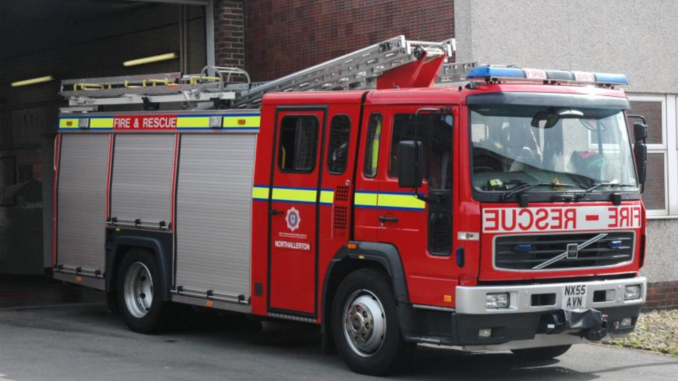
North Yorkshire’s incoming police, fire and crime commissioner will need to tackle chronic underfunding, systemic on-call staffing shortages, crumbling buildings and out of date vehicles within the county’s fire service.
North Yorkshire’s police, fire and crime panel was told the commissioner’s office and the fire service, which serves about 824,000 people across North Yorkshire and York, was working “exceptionally hard” to break even this year.
Chief financial officer Michael Porter told the meeting the service would be drawing on £638,000 of reserves to balance the books up until April, but “next year is looking like it is going to be really challenging”.
Mr Porter said a £390,000 deficit had initially been forecast for 2022/23 from reserves to balance the 2022/23 budget, but that was likely to deepen significantly due to pay awards, soaring utility bills and increases in national insurance contributions.
The meeting heard unless restrictions on fire services increasing their council tax demands were eased by the government the service would need to make more savings.
He said: “There’s an awful lot of additional pressures that are lining up for the fire service for next year. Initial views on the settlement for next year are that it is probably not as generous as it has been for the police and the police have more scope to increase precept.”
The meeting heard members question why some £365,000 had been spent on “minor works” to the fire service’s buildings, before hearing they were built as medium-term premises up to 70 years ago and constructed with interiors designed for a different time, when there were few female firefighters.
Mr Porter said the service’s 30 buildings across the county and its fleet of vehicles had been significantly under-invested in and had been for some time.
He added: “There are a significant number of properties within the estate that are in dire need of replacement, as opposed to maintenance.
“The longer that we leave to or unable to replace the buildings, the more we will have to spend patching them up.
“We have got an aged estate that doesn’t meet modern requirements and standards it is an inhibitor of the organisation wants to do as it moves forward.
“We almost have to borrow every single penny we have to invest in the capital programme as it is. It is not a rosy picture.”
The meeting was told the fire service was considering sharing more buildings with other emergency services to cut costs, but the fire service needed to have bases spread across the county to reach emergencies in good time.
City of York Council leader Councillor Keith Aspden told the meeting recruitment issues over on-call firefighters had persisted for a long time, but overall funding was the key issue.
He said: “Every time I see the fire minister I ask about capital grants for fire services and precept flexibility.
“Unless something happens nationally things are going to get very difficult, particularly for services like this with relatively small budgets and rural areas.”
Interim Chief Fire Officer Jon Foster told members on-call recruitment remained a challenge due to changes in people’s lifestyes and Covid had further impacted on it.
He said the service was examining changing terms and conditions and flexibility of being an on-call firefighter as the system was very outdated, paying a small amount for being available and a larger amount to attend calls.
After the meeting, the panel’s chair, Councillor Carl Les said: “I think the situation is bleak. The fundamental problem is the overall funding for the fire and rescue service.
“Arguments will be made that the government grant could and should be increased, but also the fact that the precept regime with the fire and rescue service is very limited.
“I think we need to lobby the government that for small rural forces like North Yorkshire it would be useful if there was flexibility to go above the two per cent increase cap and levy an extra £5 or £10.
“We know that delivering services in rural areas is more expensive than delivering services in cities.
“For a number of years resources have been difficult to find to allocate for things like buildings and machinery that are getting older.”


Be the first to comment